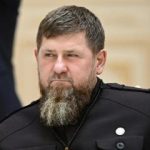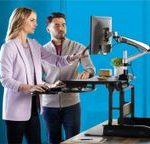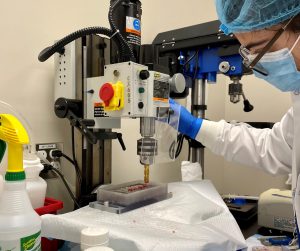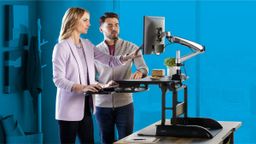The study also demolishes the myth about the risks of physical activity in osteoporotic bones, demonstrating that mechanical stimulation or movement of the bone regenerates bone cells.
After a year of work, a UAI postgraduate student developed a bioreactor that made it possible to study an animal model ex vivo, capable of maintaining living tissue extracted from an animal under controlled laboratory conditions. The model was able to keep 24 bovine sternum bone samples alive, subjected to mechanical stimulation for 21 consecutive days, in order to demonstrate the benefits of this treatment in the skeleton and that it could bring benefits in particular in osteoporotic bones.
Alejandra Correa is a Master’s student in Engineering Sciences, Bioengineering mention, from the Faculty of Engineering and Sciences of the Adolfo Ibáñez University (UAI), and developed his research at Queen’s University of Canada and the UAI Campus Viña del Mar. During the research he participated in the development of a bioreactor consisting of a container or system that recreates biological and biomechanical conditions in a controlled manner to study organs and that promote cell growth in an artificial, biologically active environment.
In this way, in skeletal biomechanical studies it is possible to replicate the external conditions to which a bone is exposed and measure the results when strongly stimulated or subjected to moderate movement. These types of models could be used to understand the effect of external stimuli in people with osteoporosis. «There is a lot of scientific literature about the prevention of fractures in osteoporotic bones; however, there are almost no studies on treatment once they occur. Added to them is the myth that a weak bone should not be subjected to stress and therefore physical activity should be avoided, and this study aims to demonstrate that living bone cells multiply to the extent that they are mechanically stimulated,” he points out. The research was carried out on bovine bone, considering an appropriate study model to determine relevant factors in the human skeleton, since previous research was carried out on tiny bones (eg, rodents and rabbits) that did not meet the actual volumetric dimensions of the bone. human.
 “This type of development, like the one in which Alejandra participated, opens the doors for us to study organs through models ex vivoin conditions closer to reality, and that are more representative than traditional models in vitro and in silico (computational)”, explains the Professor Juan Francisco Vivanco, Alejandra’s thesis director and director of the B3Mat Group of the UAI Bioengineering Center. And she added that: «Alejandra obtained the ELAP scholarship for young Latin American leaders to study in Canada; she has been an outstanding student in our major and she is a role model for future students who want to pursue bioengineering research careers. She is not only allowing us to consolidate our international partnerships, Canada, but also through this partnership we are establishing the use of bioreactors in our cell culture room to develop biocompatible 3D structures used in bone tissue regeneration.”
“This type of development, like the one in which Alejandra participated, opens the doors for us to study organs through models ex vivoin conditions closer to reality, and that are more representative than traditional models in vitro and in silico (computational)”, explains the Professor Juan Francisco Vivanco, Alejandra’s thesis director and director of the B3Mat Group of the UAI Bioengineering Center. And she added that: «Alejandra obtained the ELAP scholarship for young Latin American leaders to study in Canada; she has been an outstanding student in our major and she is a role model for future students who want to pursue bioengineering research careers. She is not only allowing us to consolidate our international partnerships, Canada, but also through this partnership we are establishing the use of bioreactors in our cell culture room to develop biocompatible 3D structures used in bone tissue regeneration.”
Alejandra’s work will be part of a European conference and will also soon be submitted to a scientific journal for publication; laying the foundations for future biomechanical studies of both natural bone tissue and structures integrated with stem cells that replace deteriorated bone tissue.
“Our goal is not to destroy the bone or measure its resistance, but rather to assess the range of mechanical stimulation that promotes bone health, just like an athlete does. Studies like this can prove that physical activity is beneficial for bone health in osteoporotic patients, as long as it is carried out within safe parameters”, concludes Alejandra Correa.













![[Img #74149]](https://thelatestnews.world/wp-content/uploads/2024/10/Supermassive-black-holes-alter-the-chemical-evolution-of-galaxies-300x200.jpg)